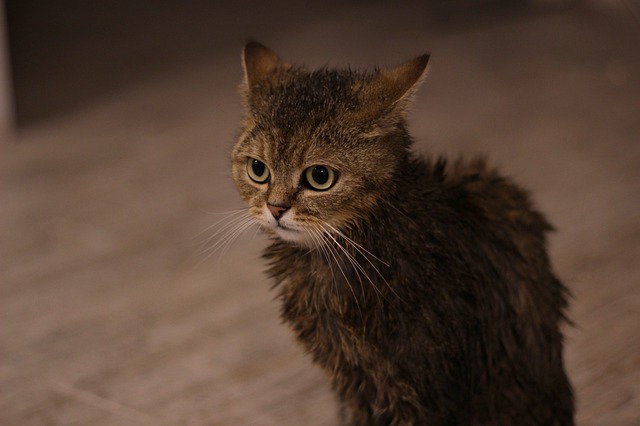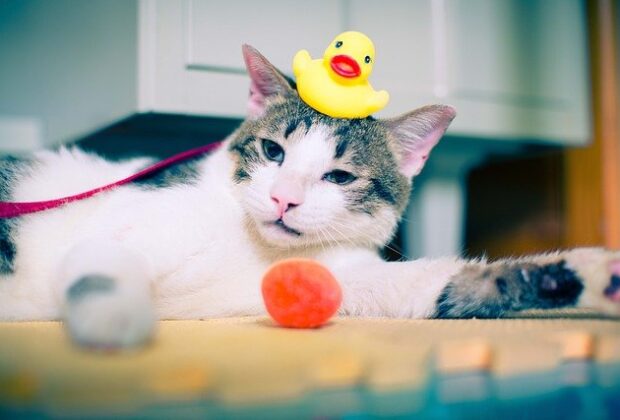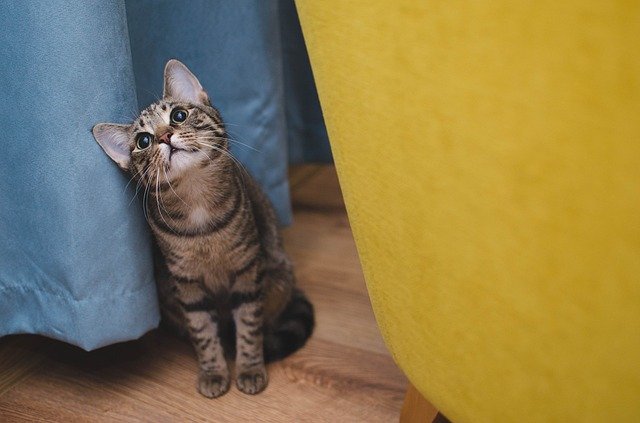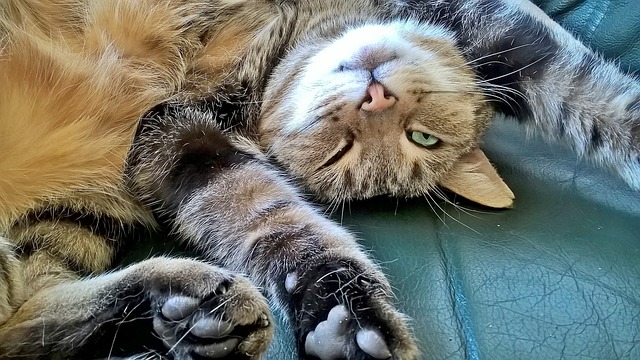Kittens need their bath, and even though that may not seem like the most simple of tasks, it still has to be done. So when and how can you bathe a young kitten? You'll find out in our article below. Here, we'll discuss some of the steps and tips to correctly bathing a kitten and when the right time to start bathing kittens is.
Table of Contents
Bathing the Young Kitten
While bathing the newborn kitten may not be recommended at this stage, your cat's hygiene is still essential. Thankfully, mother cats naturally take responsibility for basic grooming around this stage. But even then, you can still play your part by helping to keep the newborn kittens clean on occasion. This, you can do with a clean, damp, soft towel/cloth or cotton bolls. Used right, these simple materials can completely remove dirt or stool on the kitten.
We do not recommend bathing the kitten right after it is born, but we must start it while they are still young. While cats are meticulous self-groomers, a bath from their human is still needed. Around the 8th to 9th week is commonly recommended for its first bath by pet experts. This way, they grow used to the activity, and it becomes less challenging for you to continue with it. The longer you wait to bathe the cat, the harder it can be for them to be accepting of it finally.
Giving a Kitten an Actual Bath
At around the 8th or 9th week, you can begin proper bathing. You should do this with a shampoo formulated just for kittens. Do not use shampoos formulated for humans or general pet use. These are usually a lot harsher than the young kitten can handle. Start instead with one specifically made for kittens. They are gentler and much safer for the kitten. Avoid letting the shampoo or water get inside your feline's eyes, nose, ears, or mouth during bath time.
What if My Kitten Has Fleas?
Fleas are common in kittens, especially feral ones. Luckily, they usually can be eliminated with special combs. However, in some extreme cases, other steps like a warm water bath may work better. Once the bath is completed, remove the young kitten from the water and dry immediately. They are remarkably delicate at this stage, and you do not want them to catch a cold.
Other Ways to Deal With Fleas
Aside from using a comb and warm water, there are other ways to remove fleas from kittens. They are discussed below.
Topical flea treatment
Like you would do with older cats, you can use topical flea treatments on kittens. However, formulations for kittens are usually milder and available for purchase at the vet's, over-the-counter, and pet stores.
Most flea treatments are suitable for use on kittens around their 6th to 12th week; however, confirm the recommended age range before buying or using one. Unless you are sure of your kitten's age, avoid using flea treatment without your vet's prior permission. And, if you have to use a regular pet flea control product, check with your vet.
Safely Giving Your Cat a Flea Bath
If you are planning on removing fleas from your kitten without the additional cost of getting a kitten flea shampoo, you may find the following steps helpful;
If you don't already have some, get a human baby shampoo, some borax powder, and a flea comb.
Place the kitten in warm water with the shampoo and lather up to create suds. Let the suds remain on the kitten for a few minutes, then rinse off with warm water. The fleas should crawl to your kitten's head, where you can easily pick them off with blunt tweezers.
After this, you can dry the kitten with a warm towel and comb thoroughly with the flea comb once dry before placing it in a warm, safe area and sprinkling some of the Borax powder on the kitten's sleeping area and other areas he frequents. After thirty minutes to one hour, vacuum up the space and repeat the flea bath weekly or twice weekly until you eliminate them.
Please be cautious when using borax powder, as it can be harmful to cats if not used correctly.
Flea Products and Cautions to Keep in Mind
Unless otherwise advised by your vet, avoid using flea products (shampoos and medications) on a very young kitten.
Before using any flea product, carefully check the product's labeling and avoid use if not recommended for kittens in its age range.
In the wrong hands, flea products can be health hazards and life-threatening. Keep away from the reach of young kittens, all pets in the home, and children.
Take flea infestation seriously. When left unchecked, a flea infestation can easily lead to anemia in the young kitten. And it's worse for them because their immune system isn't mature enough to fight it. In severe cases of flea infestations, have your vet check and treat your kitten without much delay.

General Kitten Bath Tips
Have a friend help with the bathing. You don't have to bathe your kitten alone, no matter how small. Also, you would find the extra pair of hands valuable for helping you with bathing supplies such as shampoos, towels, and even holding the kitten.
Keep in mind that kittens less than eight weeks cannot regulate their body temperatures. They need your help with it. So, ensure your kitten stays as warm as possible by running a hot shower to heat the room before the bath.
In the absence of shampoos explicitly formulated for kittens, you can use fragrance-free or baby shampoos. These are designed to be used on human babies, and they work just as well on kittens.
When Can You Bathe a Kitten: Conclusion
Like any other furry pet, our young felines get dirty and require baths, and they should get it as regularly as possible. Above, we discussed some helpful tips for bathing a young kitten and other details cat owners may find useful. While we think any adult can successfully bathe a kitten with some help if needed, we advise that cat owners uncomfortable with doing so request a professional pet groom.
About the Author
Kirsten Heggarty
Kirsten created The Pet Handbook with the aim of sharing her knowledge about pets, pet food, healthy habits, and more. All of her advice is based on years of her own experience with her pets, and feedback that she has received from grateful readers about her tips. If you want to know more please read the About Me page.









